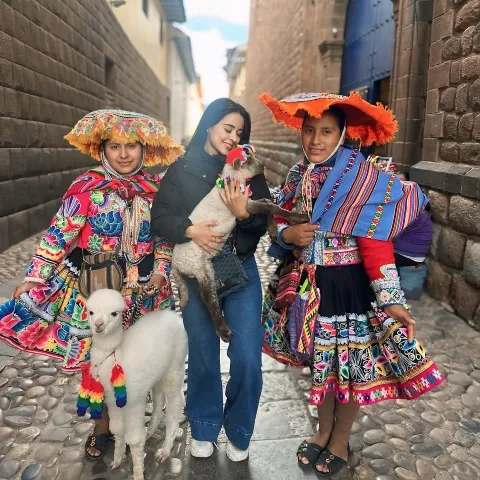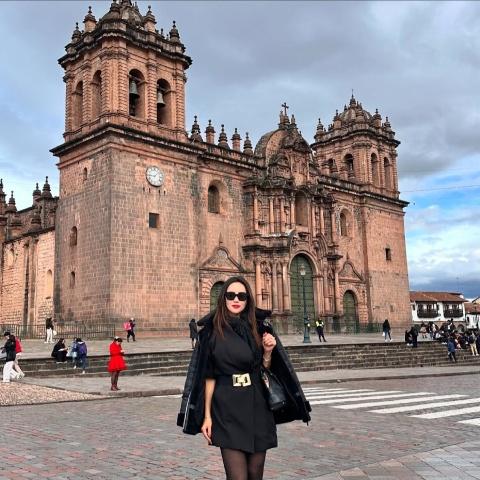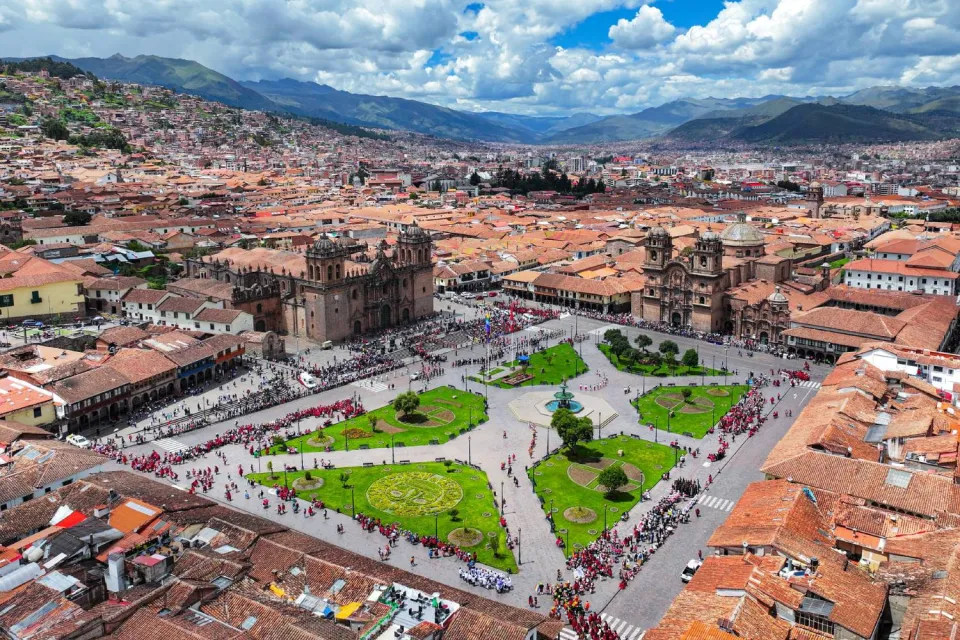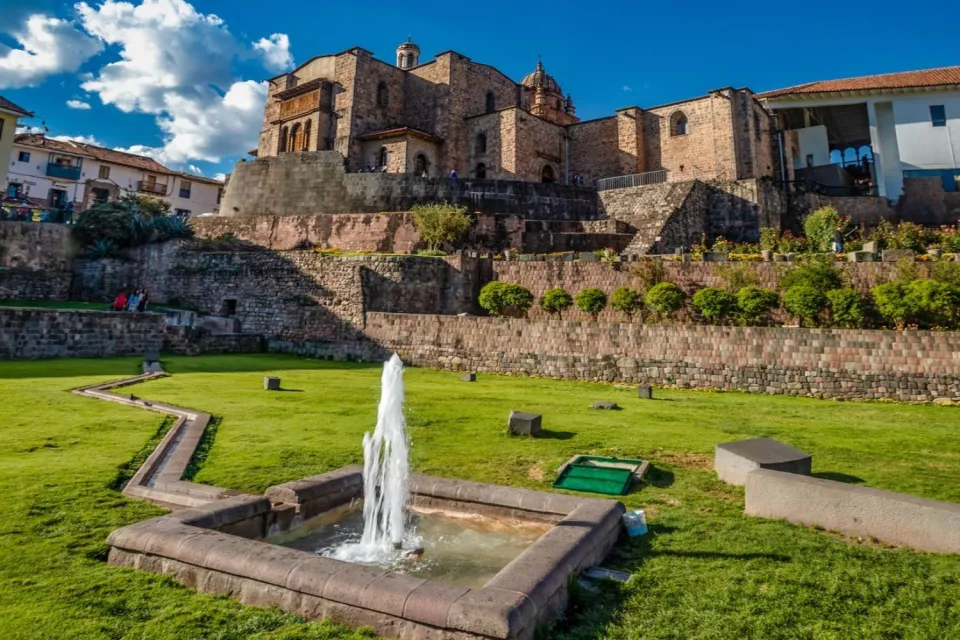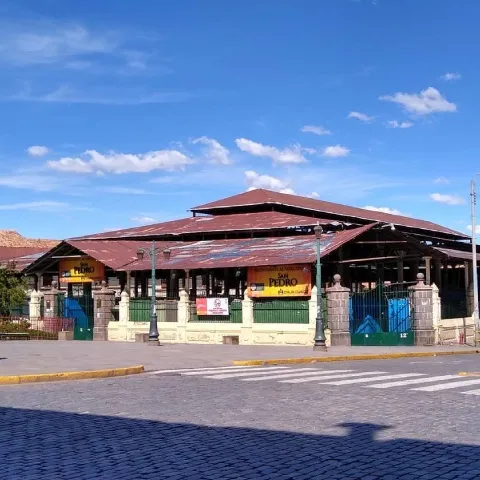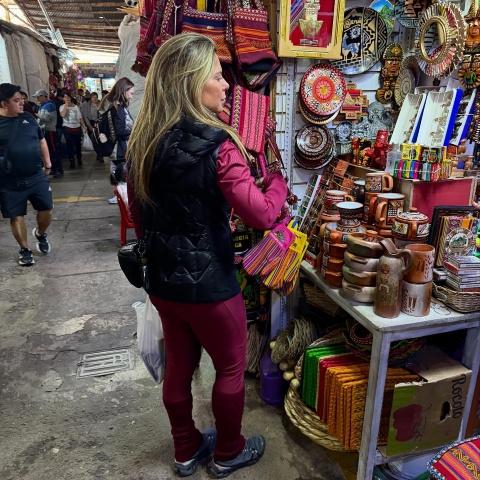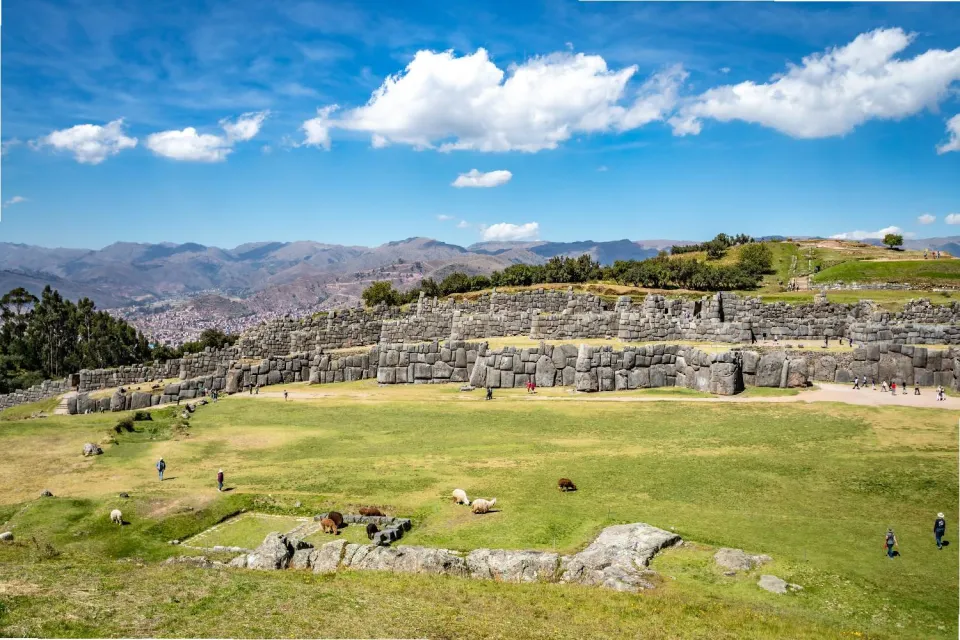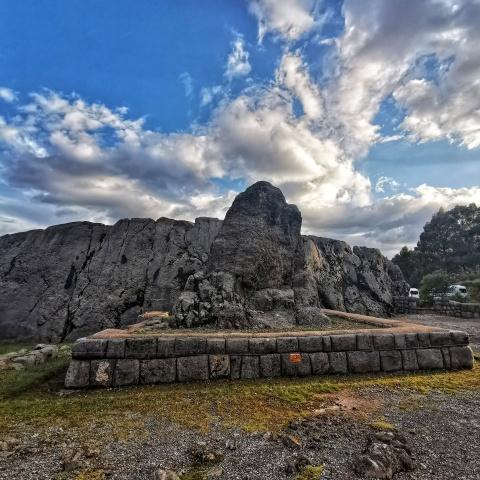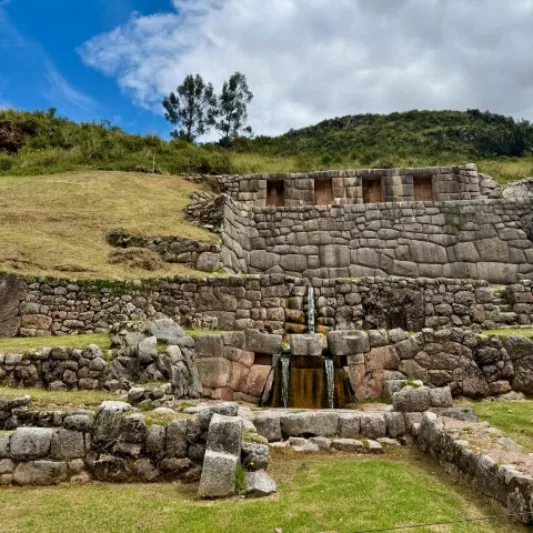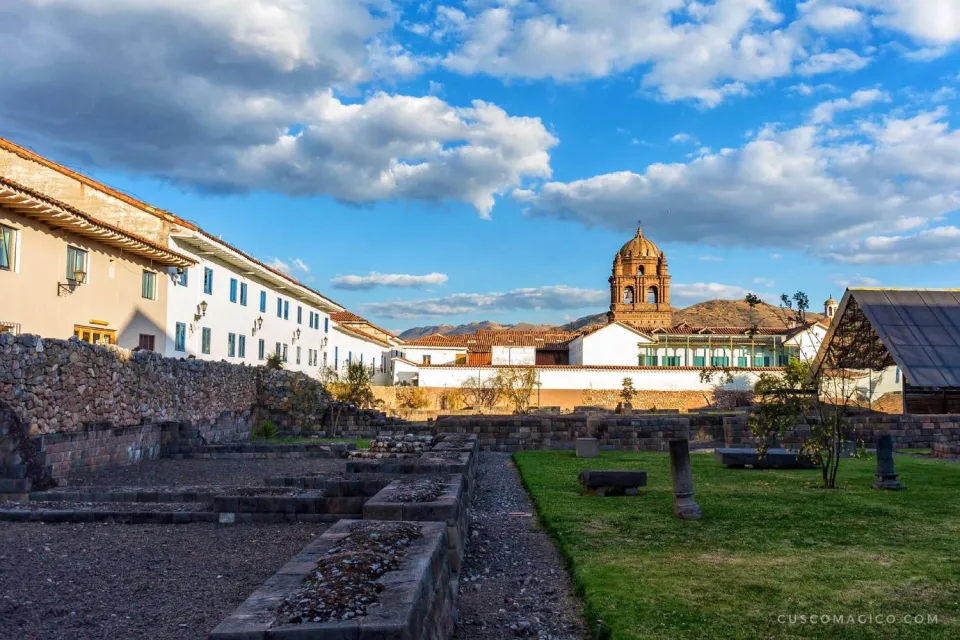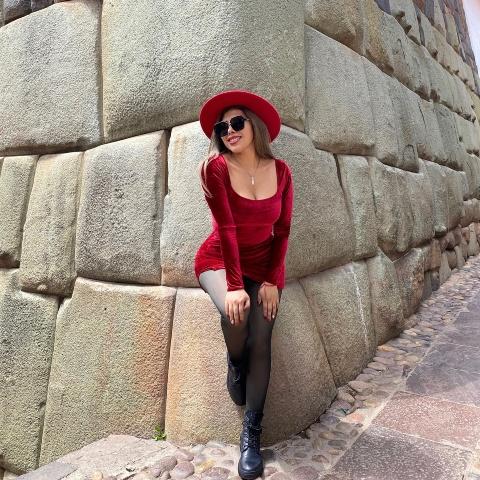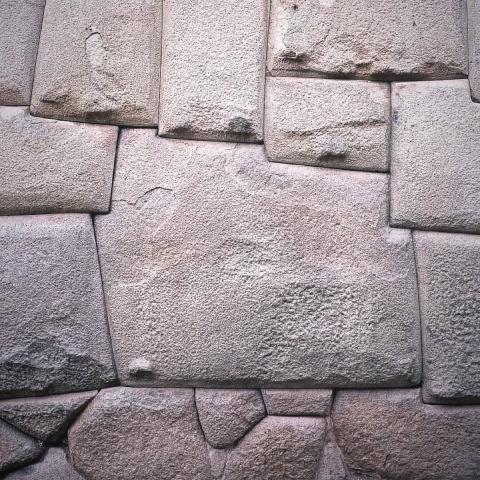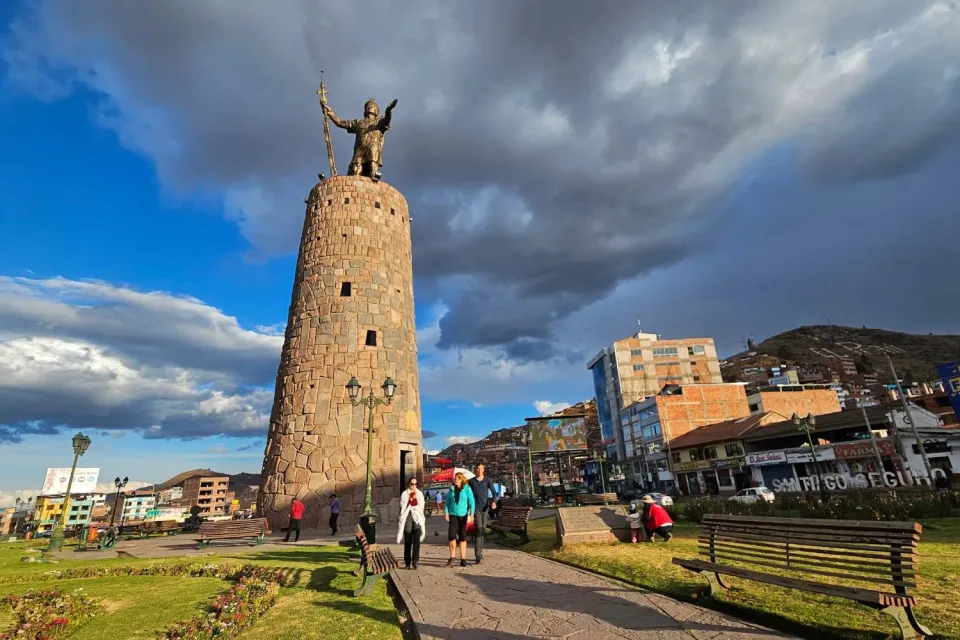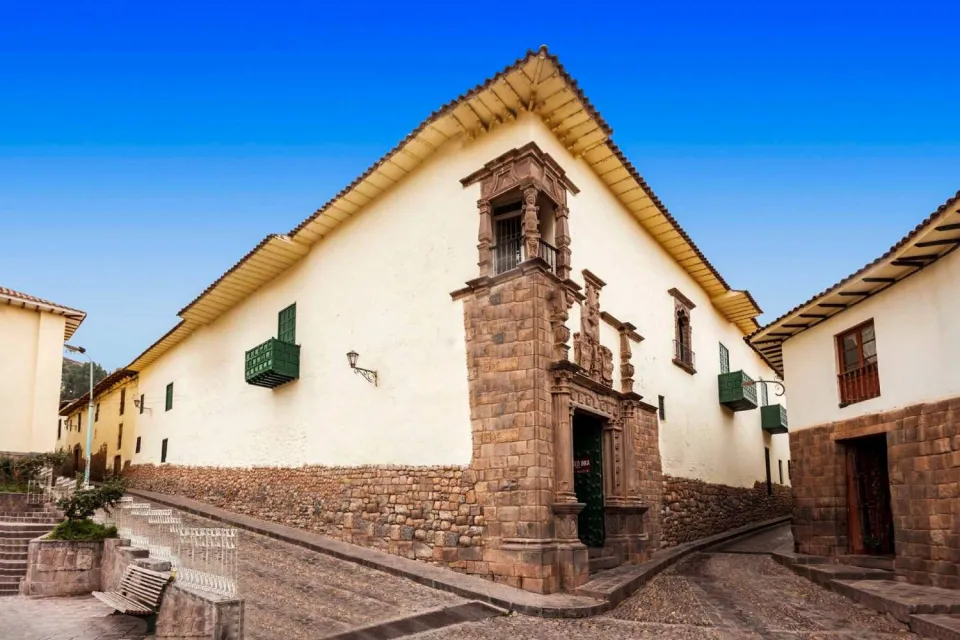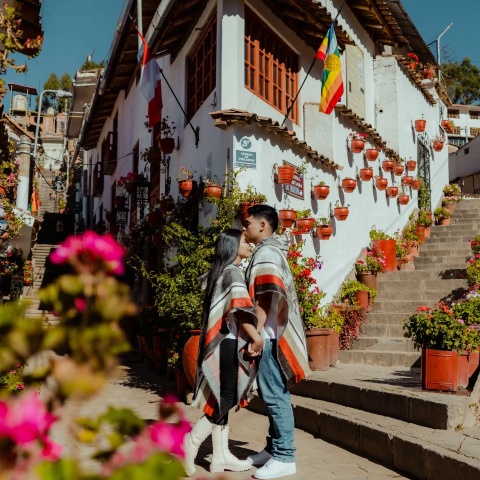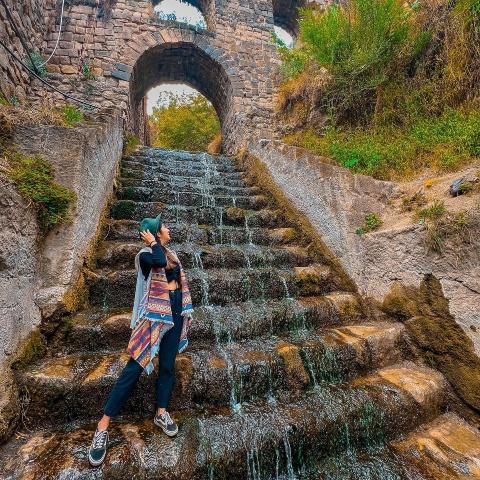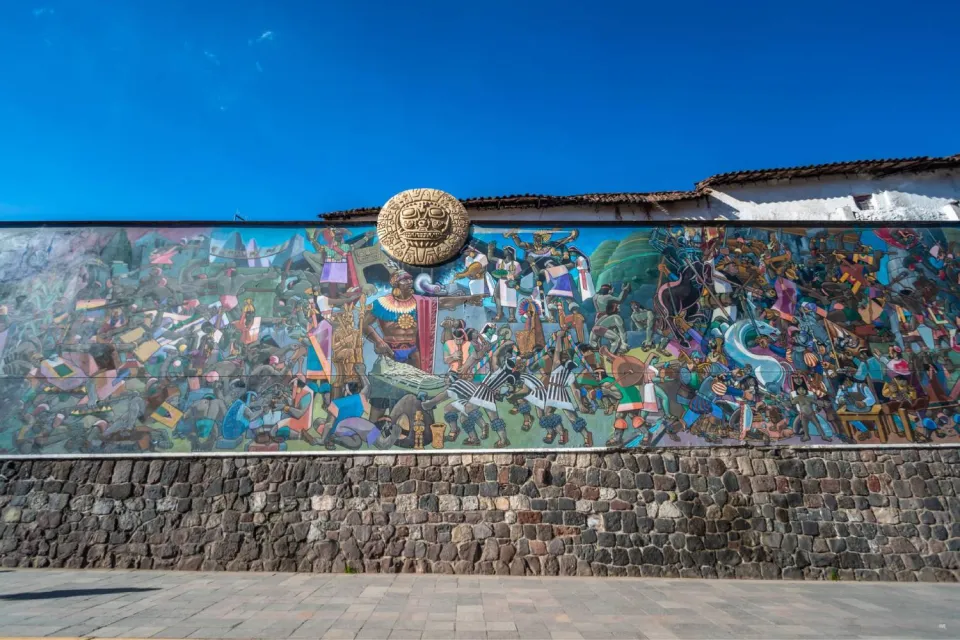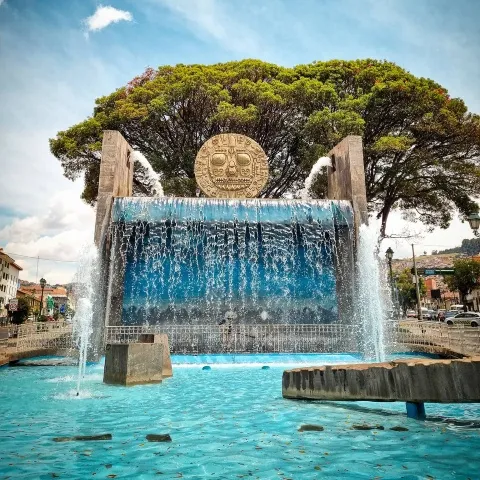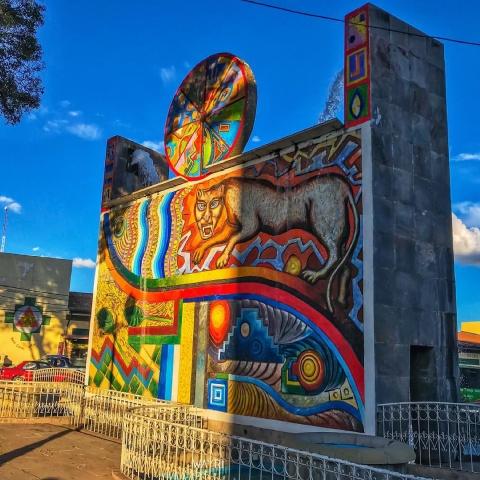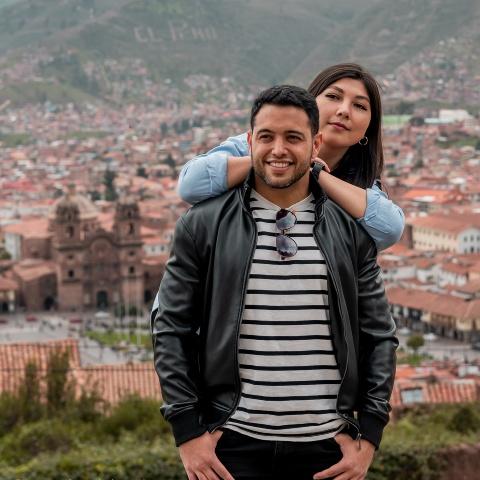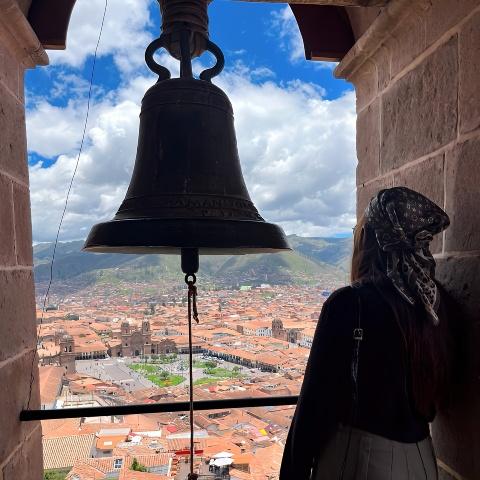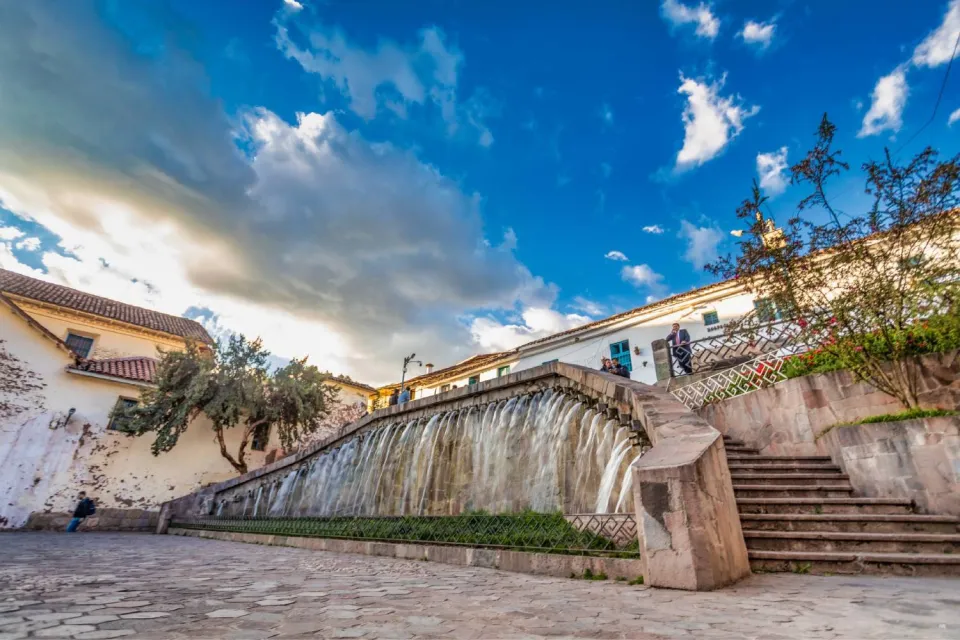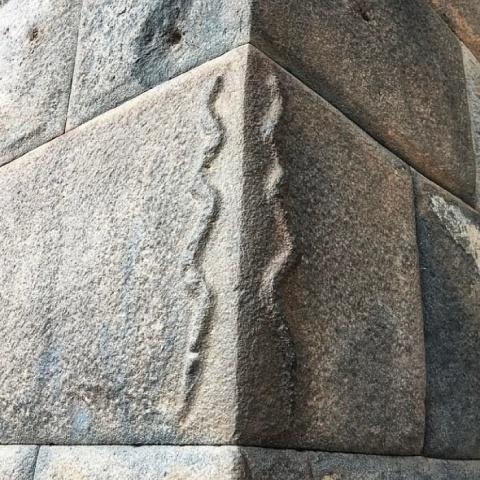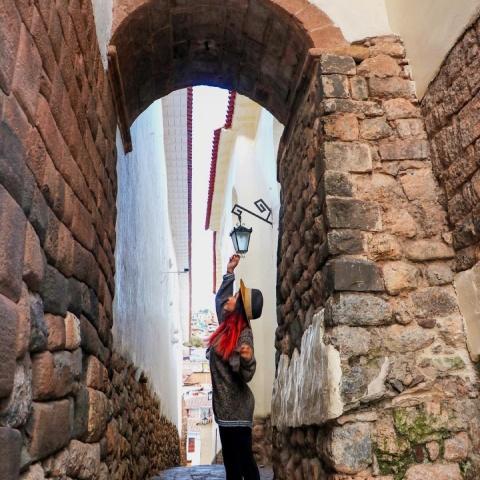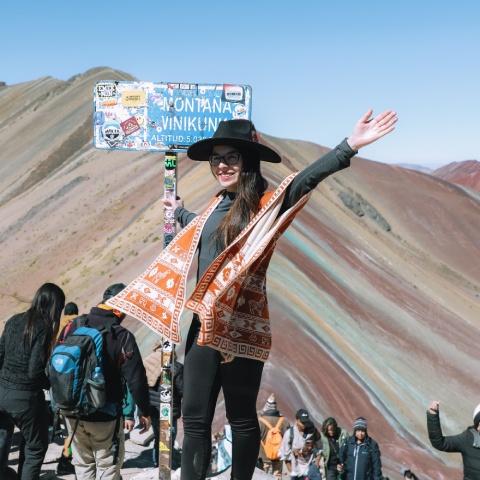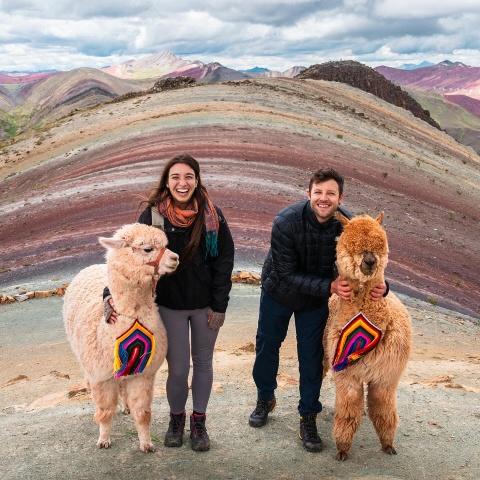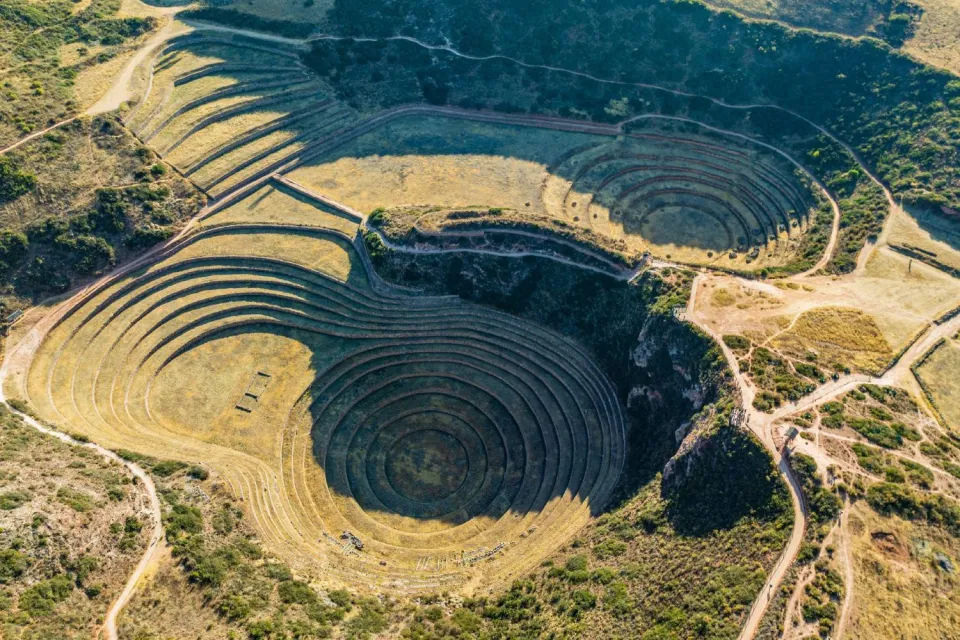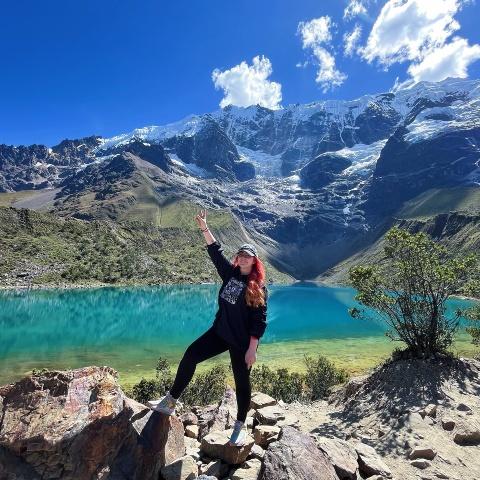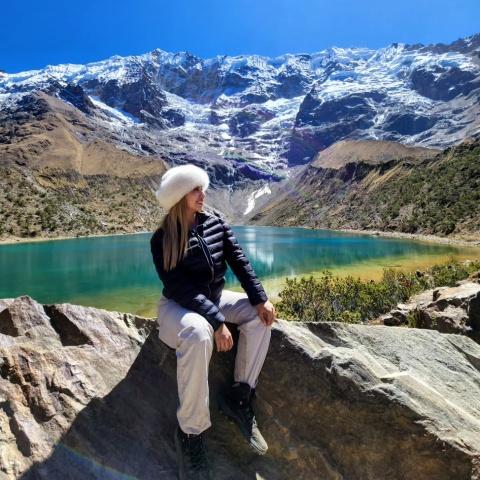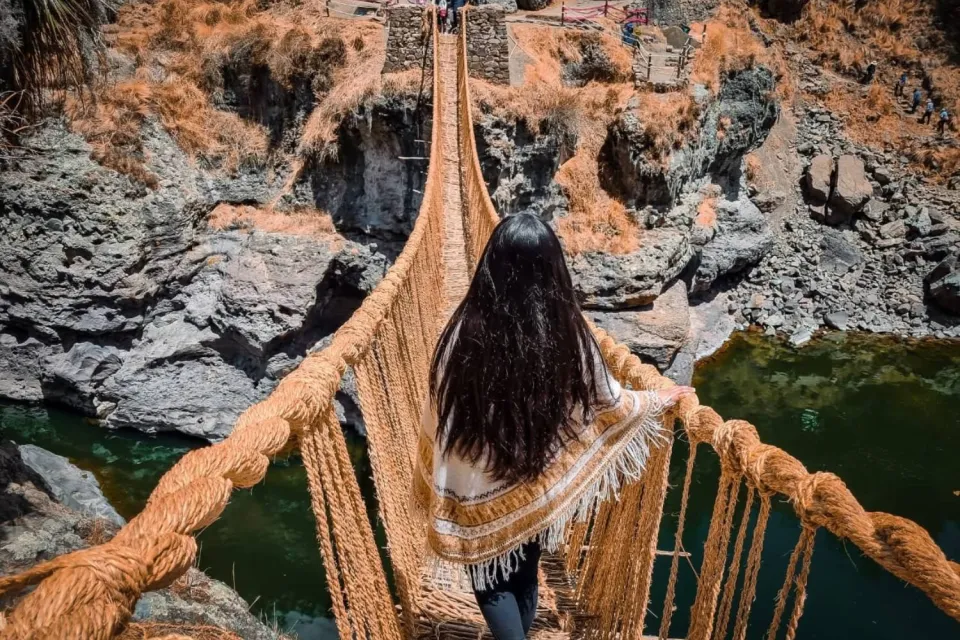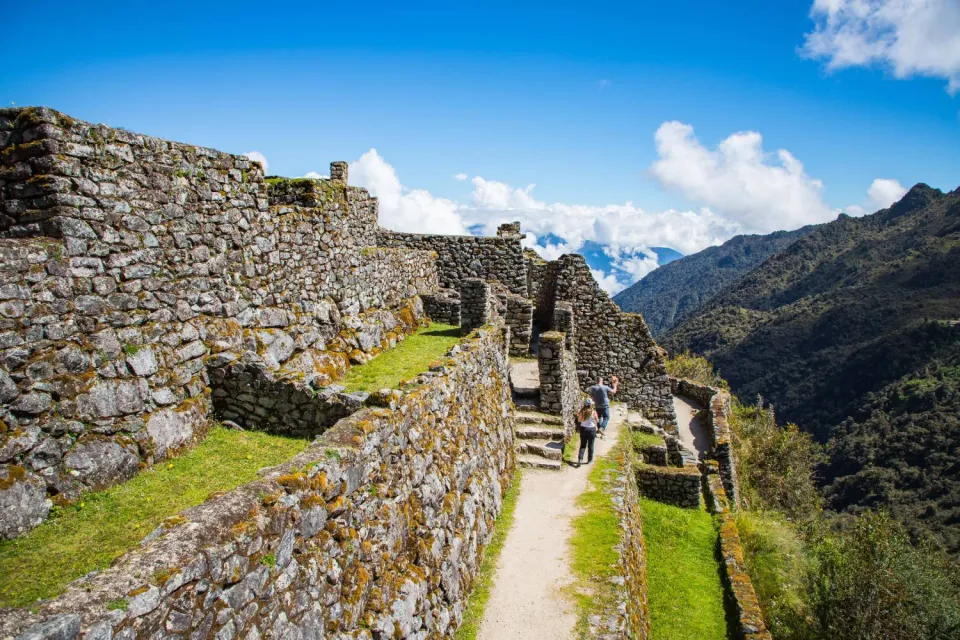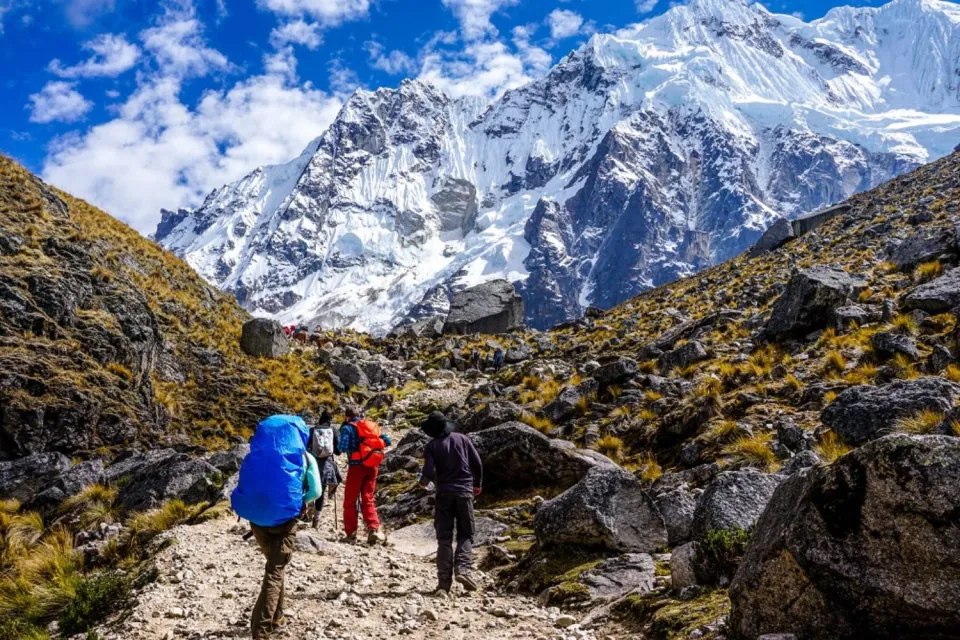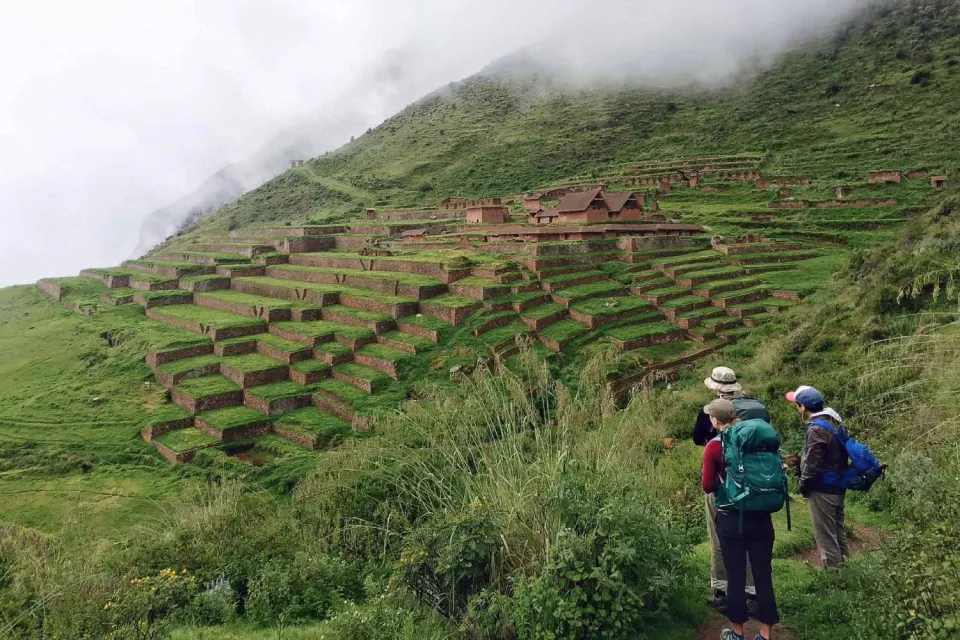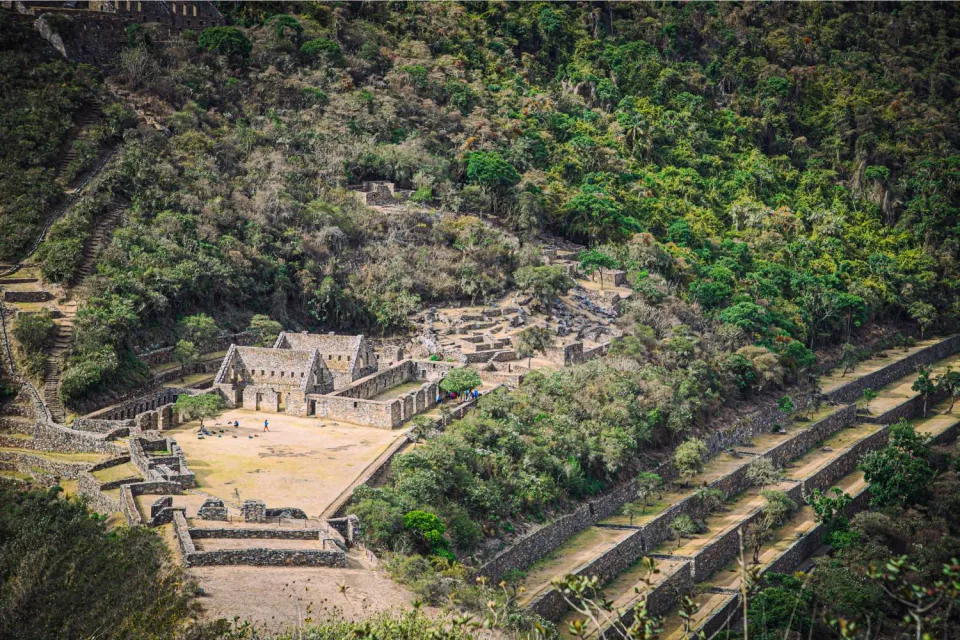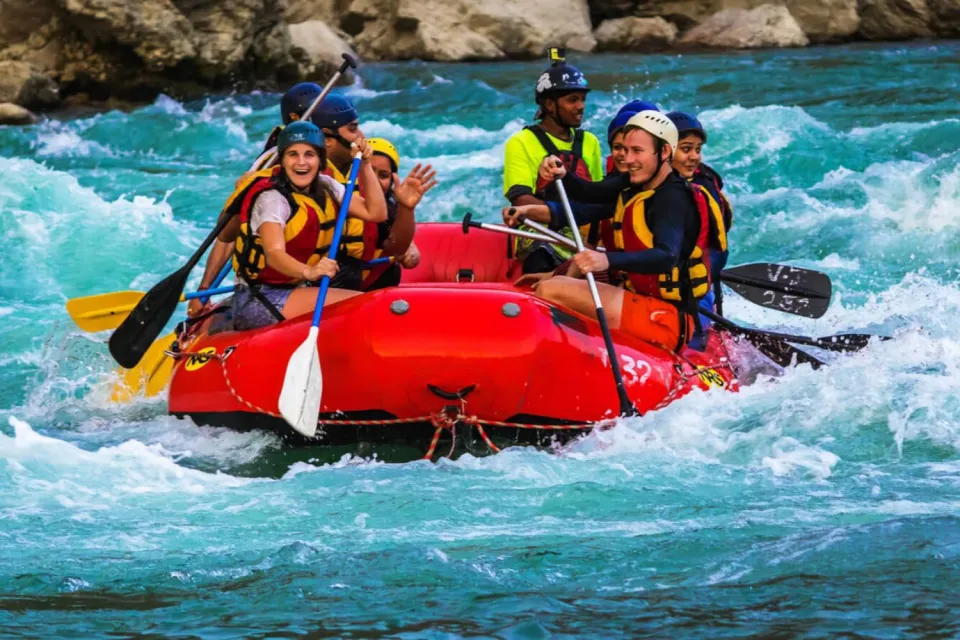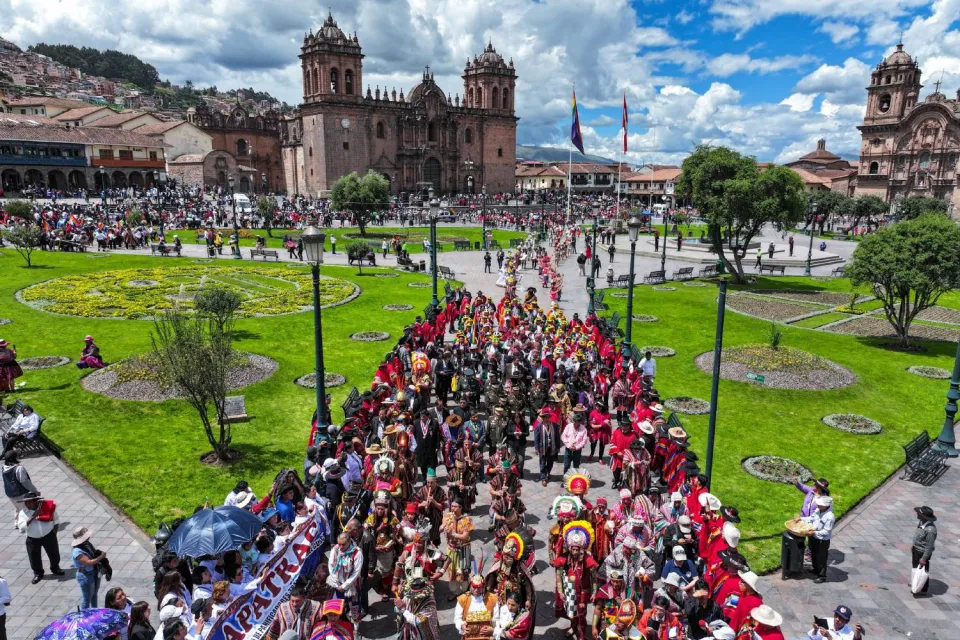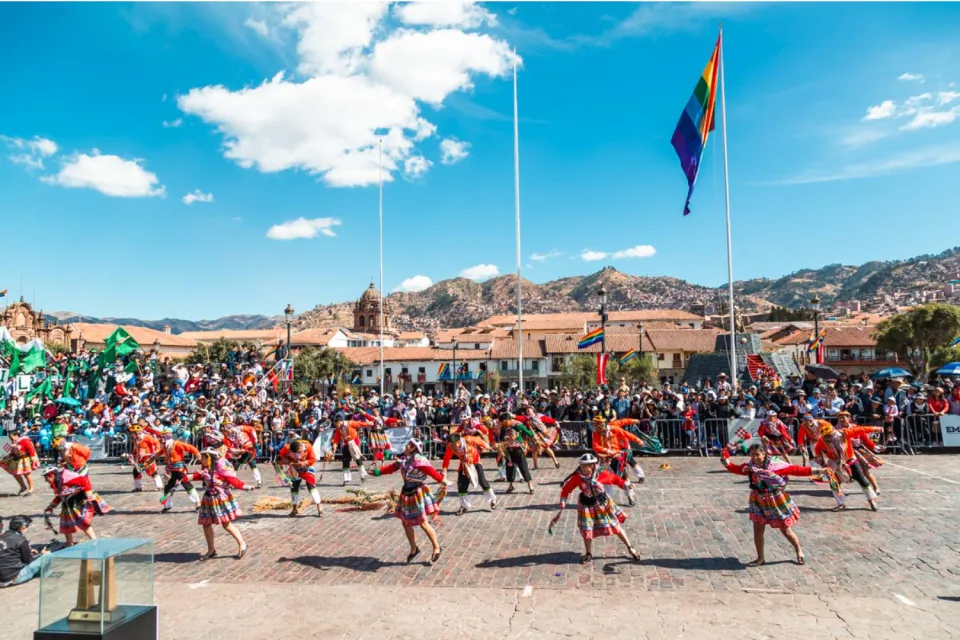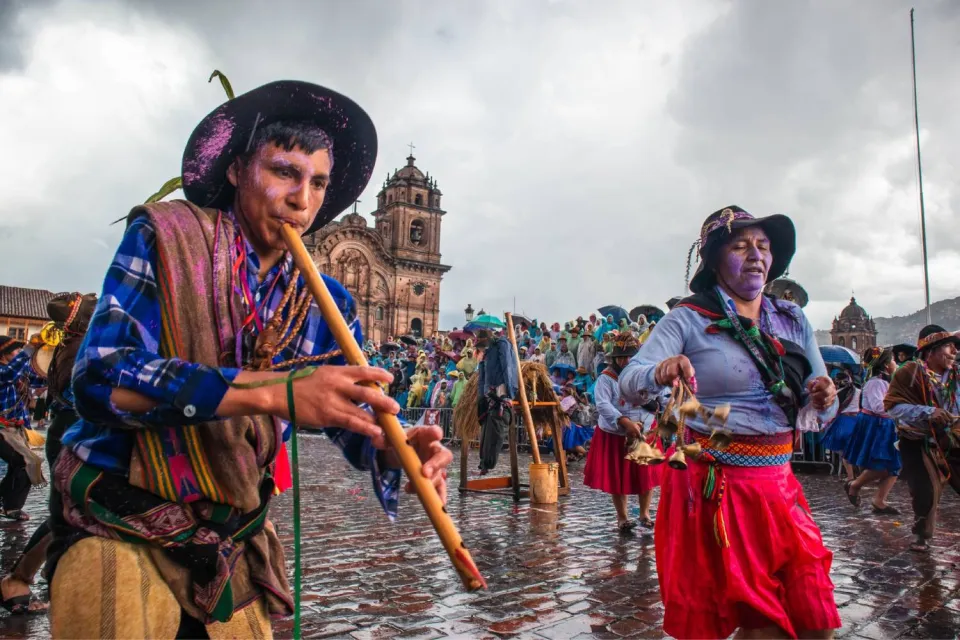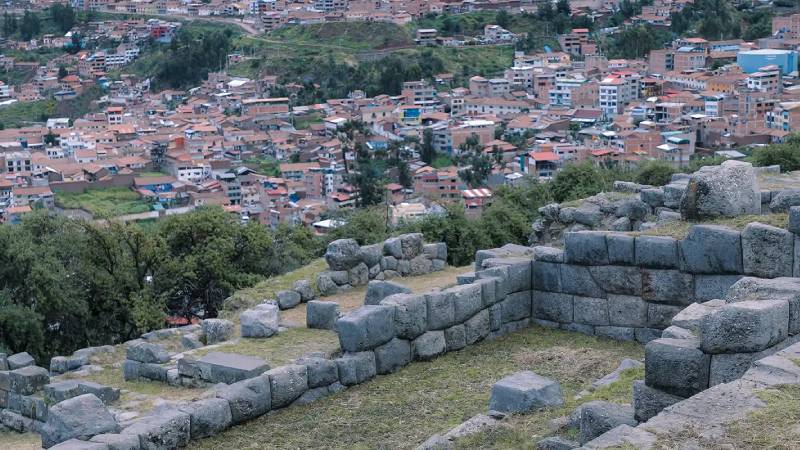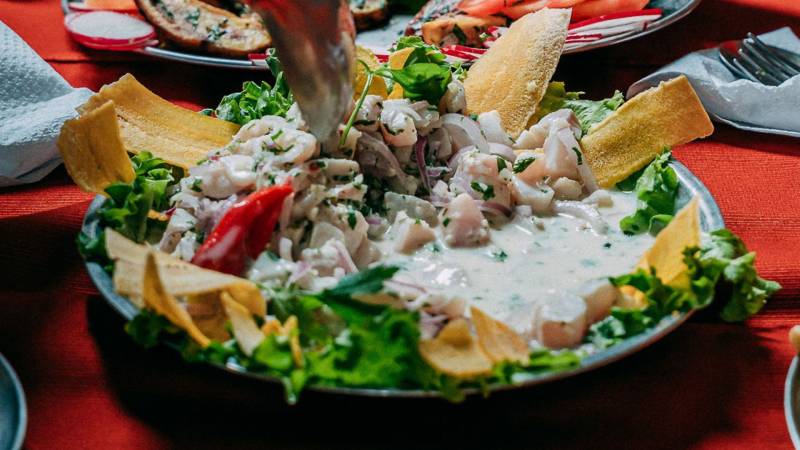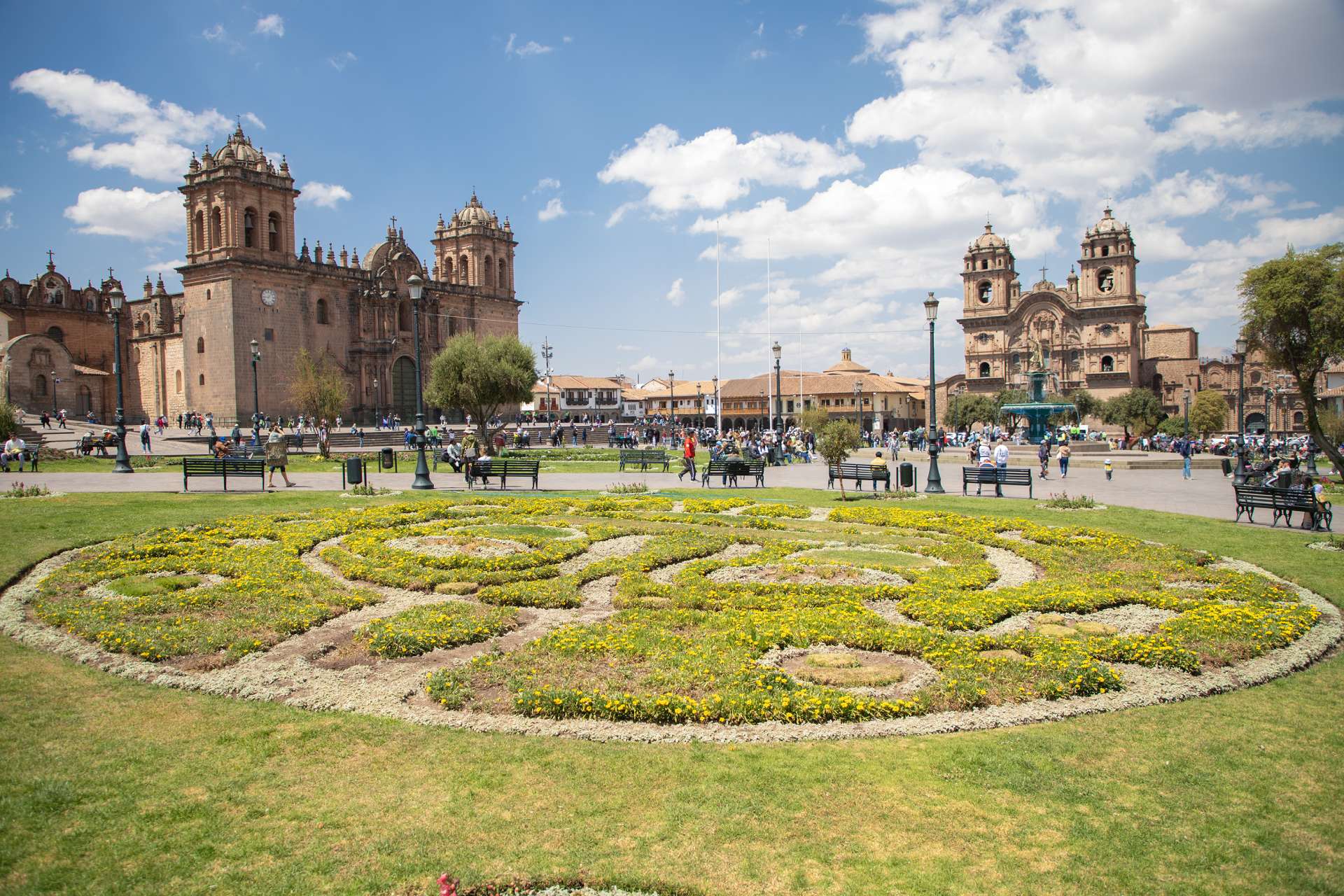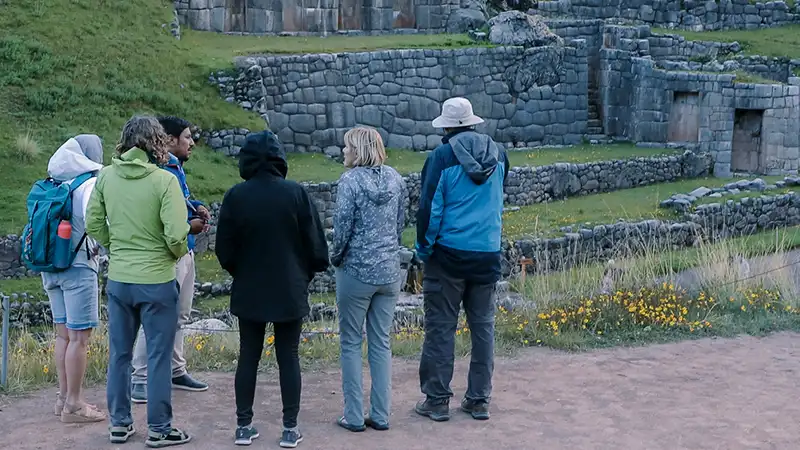Planning a trip to Cusco and don't know where to start?
From its cobblestone streets full of history to its lookout points with spectacular views, there are so many things to do in Cusco that you could easily spend several days exploring. Whether you're looking for culture, scenery, hiking, gastronomy or adventure, this Peruvian city has it all.
Here we share with you the best activities and places you can't miss.
Why is it important to acclimatize in Cusco?
Cusco is over 3,399 meters above sea level. That means that, if you come from a city at sea level or low altitudes, your body needs time to adapt to the reduced oxygen.
What can happen if you don't acclimatize well? You can suffer from the well-known altitude sickness also known as soroche. Symptoms can range from mild to quite intense, and in some cases, medical attention is even required.
Acclimatization is not optional: it is vital. Everyone reacts differently. You may need a full day to adjust, while your friends may be able to do it in only half a day. Listen to your body. Once acclimatized, you will enjoy your trip much more.
Common symptoms of altitude sickness:
- Headache
- Nausea or vomiting
- Fatigue and weakness
- Rapid pulse
- Difficulty breathing or sleeping
- Lack of appetite
- Dehydration
How to relieve altitude sickness faster?
- Hydrate constantly: Drink plenty of water and, if you can, try a mate de coca.
- Rest upon arrival: Avoid physical exertion in the first hours.
- Take medication: Consult your doctor about pills against altitude sickness.
- Eat lightly: Avoid heavy foods that may cause indigestion.
- Listen to your body: If symptoms worsen, do not hesitate to seek medical help.
After following our advice, you will feel much better. But acclimatizing doesn't mean getting bored. On the contrary, these days can be an excellent opportunity to get to know the best of Cusco calmly and without rushing.
Here is a list of activities that you can enjoy while your body adapts to the altitude.
The best must-see places in the city of Cusco
If you want to explore the city of Cusco at your own pace, you can take a tour of its most emblematic places. Many of them are very close to each other, so you can access walking and enjoying every historical corner.
1. The Main Square
It is the beating heart of Cusco and an obligatory stop for any visitor. In this main square Inca history and Spanish colonial architecture coexist.
Here you can visit the majestic Cathedral, the Church of the Society of Jesus and admire the colonial balconies that will captivate you with their details and stories.
2. Qorikancha
Just a few steps from the Plaza de Armas is the Qorikancha Temple, one of the most important religious precincts of the Inca Empire, dedicated to the Sun God. In Inca times, its walls were covered with gold and silver. With the arrival of the Spaniards, they partially destroyed it and built the Santo Domingo Monastery on its foundations.
Inside you can visit a museum of Cusquenian art, appreciate Inca structures such as the Three Windows, and outside you will find the Qorikancha Site Museum.
3. San Pedro Market
A few minutes from the Plaza de Armas and near the Arch of Santa Clara, you will find one of the most traditional markets in Cusco, designed by the famous engineer Gustave Eiffel. Here you will discover a variety of products: handicrafts, fruits, textiles, fresh juices and typical dishes of Peruvian gastronomy.
The market is open daily from 6:00 a.m. to 6:00 p.m., and is a meeting point for locals and tourists alike, ideal for immersing yourself in authentic Cusco life.
4. Sacsayhuamán
Just 20 minutes by car from the historic center, you can visit Sacsayhuaman, an imposing fortress built by the Inca Pachacutec in the 15th century. This archaeological site will amaze you with the size of its stones, some weighing up to 125 tons, perfectly fitted together.
Recently, in 2024, evidence was found of the existence of chincanas (subway tunnels) that could connect this fortress with other important points of the city.
5. Qenqo and its forest
Very close to Sacsayhuaman is Qenqo, an Inca ceremonial center used for religious rituals. Here you will see a rock carved with zigzag channels that were probably used to pour sacred liquids such as chicha or blood.
You will also find a circular amphitheater, the Intihuatana (sundial) and a subway chamber that would have served as a funerary altar. On one side, the Qenqo forest offers a perfect space for picnics and photo sessions.
6. Tambomachay and Puca Pucara
About 30 minutes from the center of Cusco are these two archaeological sites. Tambomachay, known as the “Bath of the Inca”, was a temple dedicated to water, where religious ceremonies were held.
Puca Pucara, which means “red fortress”, is an ancient military fortress built with medium and small limestone stones, distributed in three levels. Its name comes from the reddish color that the rocks acquire at sunset.
7. Kusicancha
Kusicancha was the home of the Inca Pachacutec and his panaca. Although the Spaniards almost completely destroyed it, it still preserves part of its original walls. It is believed that textiles, ceramics and ritual objects used in the Temple of the Sun were manufactured here.
The name Kusicancha comes from Quechua and means “happy enclosure”.
8. Stone of the 12 angles and Hatun Rumiyoc Street
Just a five-minute walk from the Plaza de Armas is Hatun Rumiyoc Street, where you can see the famous Stone of the 12 angles, part of the wall of the ancient palace of Inca Roca. This stone is a clear example of Inca engineering: it was carved with such precision that it fits perfectly with the surrounding stones, without the need for mortar. It is one of the most photographed points of the city.
9. Monument to the Inca Pachacútec
Located in the oval of Pachacutec, this monument has an imposing statue of the Inca Pachacutec at the top and, inside, a museum that tells the story of this important leader: his battles, achievements and his role in the expansion of the Inca Empire.
10. Inka Museum
A few steps from the Plaza de Armas, passing through the Plaza del Tricentenario, is one of the most complete museums in Cusco.
The Inka Museum exhibits ceramics, mummies, textiles, weapons and other objects belonging to the Inca culture. The building combines colonial architecture with Inca walls, offering an educational and cultural experience in a unique setting.
The most Instagrammable places in Cusco
If you are looking for free things to do in Cusco, you are in the right place. Here I show you the most beautiful, free and “instagrammable” places you can visit to take unforgettable pictures.
1. The Borreguitos street and the Sapantiana aqueduct
Surely you have heard of this street, considered one of the most beautiful in the world for its colors and charm. From early in the morning, thousands of tourists come to take pictures in this picturesque corner.
Just a few steps away, you will find the Sapantiana aqueduct, a colonial construction that is still standing and working. It is a perfect place to take pictures with a historical and natural background.
2. Mural of the history of Cusco
Located a few meters from the Qoricancha, this mural visually narrates the cultural history of Cusco. Although it is old, it still captures the attention of all who pass by. It is recommended not to touch it in order to preserve its condition.
3. Pumaqchupan
A few meters from the previous mural is Pumaqchupan, a water fountain built to pay homage to the Inca culture. It has two sides: on one side you will see the fountain decorated with the image of the sun god and on the other, a painting of a puma with Andean details.
4. Viewpoint of San Cristobal
A few minutes from the Plaza de Armas, you will find this viewpoint next to a colonial church surrounded by Inca walls. From here you can take panoramic photos of the city and main square.
The church's bell tower, which you can climb for an additional 10 soles, offers an even more impressive view.
5. The San Blas neighborhood and its viewpoint
Just a few minutes walk from the Plaza de Armas, San Blas is one of Cusco's most charming neighborhoods. Its cobblestone streets, colonial churches and artists' workshops will give you the opportunity to capture incredible photos.
Don't forget to stop by its viewpoint to enjoy a spectacular view of the city.
6. Wall of Snakes
Cusco is full of history, and each street has a special meaning. One of the best known is 7 Culebras street, located near the small square Nazarenas. There you will see an Inca wall with snakes carved in high relief, perfect for a photo with a background full of ancestral symbolism.
Cool and unique things to do in Cusco
1. Visit the Planetarium and discover Incan astronomy
If you are interested in astronomy and want to live a magical experience, visit the Planetarium of Cusco. During the night, guides will help you understand how the Incas interpreted the sky and its constellations, which influenced their crops, architecture and religion.
Located near the Sacsayhuaman archaeological site, the planetarium is open at night and offers telescopes for stargazing.
2. Have a spiritual cleansing with a shaman
Cusco is a city full of energy, and one of the most special experiences you can have is a spiritual cleansing with coca leaves performed by a shaman.
This ancestral tradition seeks to release negative energies to open the way for the positive, in connection with the Pachamama, the earth goddess.
It is important that you go to a recognized shaman, as some take advantage of tourists. If you are interested in trying ayahuasca, make sure you go to a reputable specialist with good references.
3. Get married at an Inca wedding
Inca weddings have become popular in Cusco. A shaman performs the ceremony with ancient rituals so that the sun and deities witness the spiritual union.
You can organize it on your own or as part of a tour package, which includes a ceremony in places like the snow-capped Salkantay or the Huaypo lagoon. It is a unique experience that connects tradition and love.
4. Enjoy the dances at the Qosqo Center of Native Art
The Qosqo Center of Native Art presents music and dances typical of Cusco in vibrant shows full of culture. It also has a small museum where you can see typical costumes and ancient musical instruments.
It is an excellent way to learn about and appreciate the richness of Andean folklore in a single evening.
Day Tours from Cusco
If you are an active traveler and nature lover, Cusco offers incredible day trips that combine adventure, breathtaking landscapes and ancient culture. Here are some of the most recommended ones:
Trekking to the 7 Colors Mountain (Vinicunca)
This is one of the most popular activities for visitors to Cusco. The Rainbow Mountain, also known as Vinicunca, is located at a higher altitude than the city, so it is essential to make the excursion with an authorized agency that will provide adequate assistance.
Vinicunca stands out for its vibrant hues and spectacular scenery, making it one of the most photogenic places in the world. However, it is not the only colorful mountain in Cusco.
You can also visit:
- Palcoyo: a mountain range with three colorful mountains, ideal for those looking for a lighter hike.
- Pallay Punchu: a recently discovered mountain with rock formations in the shape of a spearhead and intense colors.
Visit to the Sacred Valley and the Pisac market
The Sacred Valley of the Incas is one of the essential destinations from Cusco. In just one day you can visit its main points: Chinchero, Maras, Moray, Ollantaytambo and Pisac.
Each place offers unique landscapes, impressive archaeological remains and a rich cultural heritage.
The Pisac market, for example, is ideal for buying local handicrafts and typical products.
Tip:
When hiring a tour, make sure it includes most of these destinations. Some economic packages only visit Maras and Moray.
3. Hike to the Humantay Lake
Located at the foot of the imposing snow-capped mountain, the Humantay Lake dazzles with its turquoise waters. This day hike is demanding, but the visual reward is well worth it.
If you are doing the Salkantay Trek to Machu Picchu, this lagoon is part of the tour, so you can enjoy it without the need for an additional tour.
4. Visit to the South Valley of Cusco
The South Valley is a lesser known but equally fascinating alternative. Here you can explore:
- Tipon, an Inca hydraulic complex.
- Pikillaqta, a pre-Inca city of the Wari culture.
- Huacarpay lagoon, ideal for bird watching.
- The church of Andahuaylillas, also called “the Sistine Chapel of America”.
This tour is perfect if you are concerned about altitude, as it is done at similar or lower altitudes than Cusco and can be completed in half a day.
5. Cross the Inca bridge of Q'eswachaka
About three hours from Cusco, you will find the last Inca suspension bridge still in use: the Q'eswachaka. It is made entirely of ichu (Andean straw) and crosses the Apurimac River. The most surprising thing is that every year, in June, the local communities rebuild it during a traditional ceremony that lasts four days.
During this festivity, the villagers apply ancestral techniques inherited from the times of the Qhapaq Ñan, the great Inca road. On the last day, they celebrate with music, typical dances and visitors can be the first to cross the renovated bridge.
This experience is ideal for those looking to immerse themselves in the living culture of the Andes and learn about the traditions that are still alive in the heart of Peru.
Do the most sought after treks in Cusco
Cusco is the starting point for some of the most incredible treks in the world. From classic routes like the Inca Trail to lesser known adventures like Huchuy Qosqo, here are the most popular treks for you to live a unique experience between history, nature and culture.
1. Inca Trail
The Inca Trail is one of the most famous treks in the world because it combines ancient history with breathtaking natural landscapes. This trek takes you directly to one of the most iconic destinations on the planet: the imposing citadel of Machu Picchu.
The Inca trail classic lasts 4 days and goes through cloud forests, amazing archaeological sites and breathtaking views. There are also shorter versions, such as the 2-day Inca Trail, and longer versions such as the 6-day Salkantay + Inca Trail. Without a doubt, this is a trek you must do at least once in your life.
2. Salkantay Trek
The Salkantay Trek is an excellent alternative to the Inca Trail and has become very popular thanks to the diversity of landscapes it offers.
During the first days, you will walk among mountains, turquoise lagoons and glaciers, and then you will enter the cloud forest with warmer temperatures that announce your arrival to Machu Picchu.
The classic version lasts 5 days, although there are also shorter and longer options. It is an ideal route if you are looking for an unforgettable experience at a more affordable price.
3. Huchuy Qosqo Trek
Located in the Sacred Valley of the Incas, Huchuy Qosqo is an ideal trek if you are looking for a less difficult route. This archaeological site, little known by tourists, offers an intimate experience surrounded by nature, history and tranquility.
4. Choquequirao Trek
Choquequirao is known as the “sacred sister” of Machu Picchu for its majesty and archaeological importance. It is still in the process of excavation, and only 30% of the site has been revealed to the public.
This complex is located in a remote area, so it can only be accessed on foot by a demanding 4-day hike. In exchange, you will enjoy one of Peru's most impressive landscapes without the crowds of Machu Picchu.
If you want an even more complete adventure, you can opt for the 6-day Choquequirao Trek to Machu Picchu, which joins both archaeological sites in one epic trek.
5. Inca Jungle Trek
This trek is perfect for those who love adventure and outdoor activities. The Inca Jungle combines trekking with sports such as mountain biking, rafting, zip-lining and hiking through the subtropical jungle of Cusco.
It starts in the city of Cusco and every day you will experience a new activity until you reach Machu Picchu. It is a fun, active and different way to get to know the road to the Inca citadel.
Tips to make the most of your stay in Cusco
Try the local gastronomy
Cusco is a paradise for food lovers. Here you can try traditional dishes that combine Andean ingredients and ancestral techniques.
- Some not to be missed:
- Cuy al horno (baked guinea pig)
- Chiri uchu (festive dish)
- Huancaína potato
- Fried trout
- Quinoto (quinoa risotto)
- Lomo saltado
- Ceviche
If you are vegetarian or vegan, you will also find many options in markets and specialized restaurants.
Learn a little Spanish (it will come in handy!)
Although many people in Cusco work with tourists and speak basic English, learning a few Spanish phrases will open doors for you:
- “Hola” - Hello
- “Gracias” - Thank you
- “¿Cuánto cuesta?” - How much does it cost?
- “¿Dónde está el baño?” - Where is the bathroom?
- “Estoy buscando... - I'm looking for...
Locals appreciate it when a visitor makes the effort to speak their language.
Book in advance
Cusco is a very popular destination, especially between May and August. To avoid mishaps:
- Book your accommodation in advance
- Buy your entrance tickets to Machu Picchu months in advance.
- Book tours with safe and well-rated operators.
Planning well will help you enjoy more and avoid mishaps.
Get into the culture
Cusco was the capital of the Inca Empire and its history is alive in every corner. Don't miss it:
- Carnivals
- Holy Week
- Corpus Christi
- Inti Raymi
- Santuranticuy
These are some of Cusco's local festivities full of traditions that take place at different times of the year.
How many days to stay in Cusco?
Ideally, you should stay at least five full days:
- Day 1: acclimatization and light walking around the city.
- Days 2 to 5: tours, excursions or trekking.
If you plan to do the Inca Trail or another long trek, you should add the days of that activity. Cusco has so much to offer that you will surely want to come back to continue exploring.
What to pack for your trip?
Cusco has a changeable climate. Therefore, the key is to pack in layers and wear comfortable clothes for walking. Here is a practical list:
- Layered clothing: Cold in the morning and evening, strong sun during the day.
- Sunscreen and sunglasses: The sun at high altitude is intense.
- Pills for altitude sickness: Consult your doctor beforehand.
- Water bottle and snacks: Stay hydrated and energetic.
- Comfortable shoes: Ideally trekking or non-skid shoes (the roads are cobblestone).
- Camera or cell phone with a good camera: You will want to capture everything.
- Personal documents: Passport, insurance, and physical or digital copy.
- Cash (preferably soles): Many businesses do not accept cards or dollars.
- Mosquito repellent: Especially useful if you visit areas such as Machu Picchu.
- Plug adapter (type A or C, 220V): Bring one in case the hotel doesn't lend you one.
Best times of the year to visit
Dry season: May to September
This is the best time to travel to Cusco. The weather is dry, with clear skies and pleasant temperatures during the day. Ideal for trekking and tours.
Recommended months: June and July. In addition to good weather, they coincide with cultural festivities such as Inti Raymi. The streets are filled with typical dances and religious processions.
Rainy season: October to April
If you prefer to avoid crowds and take advantage of lower prices, this is the season for you. Bring a poncho or waterproof jacket and be prepared for brief but heavy rains.
Best months during this season: November and April, when rains are less frequent and landscapes are greener.
How to move around the city safely and easily?
- On foot within the historic center: Most attractions such as the Plaza de Armas, museums, markets and viewpoints are within walking distance. The streets are safe during the day, although cobblestone, so be careful.
- Cabs for longer distances: You can use cabs to reach places outside the center, such as Sacsayhuamán or the airport. Agree on the price before getting in, as most taxis are not metered.
- Organized tours for destinations outside Cusco: To visit sites outside Cusco such as the Sacred Valley, Rainbow Mountain or Machu Picchu, it is best to hire tours with formal agencies. They will provide you with security, an expert guide and adequate transportation.
Why is it worth staying longer in Cusco?
Cusco is a destination to explore at your leisure. It's not just a place to pass through on your way to Machu Picchu, it's a lively, cultural, tasty, surprising city full of opportunities to connect with history, nature and local people.
From quiet acclimatization activities to unforgettable adventures in the mountains, this place has it all. Now that you know what to do in Cusco, get organized and give your body the time it needs while your mind and senses are filled with new experiences.
Ready to start your trip? Save this article, share it with other travelers and start planning your time in Cusco with head and heart.

